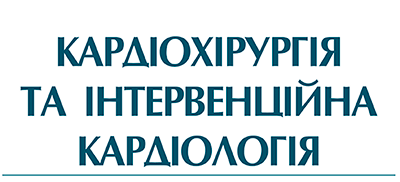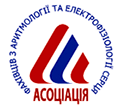Technologies of Diagnosis and Treatment
The first experience of endovascular aortic valve replacement
Ie.V. Aksonov, V.S. Berestovenko, Y.V. Panichkin, R.M. Vytovsky, B.N. Gumenuk, B.B. Kravchuk, V.M. Beshliaga, M.N. Dyrda, O.O. Mazur, I.N. Kravchenko, V.I. Kravchenko
M.M. Amosov National Institute of Cardiovascular Surgery NAMS of Ukraine, Kyiv, Ukraine
The signs of aortic stenosis are listed, the current methods of its treatment are characterized shortly. The technology of transcatheter aortic valve CoreValve implantation (TAVI) is considered in detail, the possibilities of its usage, safety and efficicency data are presented. The conclusions are made after successful TAVI in four patients with severe aortic stenosis. After the treatment the patients noted general improvement, i.e. decrease of breathlessness and edema, minimization of heart discomfort, increase of physical activity. Based on literature data and authors’ own experience, TAVI is a promising and relatively safe way to replace the native aortic valve, particularly in elderly patients and patients with high risk of open heart surgery.
Key words: severe aortic stenosis, transcatheter aortic valve implantation, aortic valve replacement.
| [PDF] | [References] |








